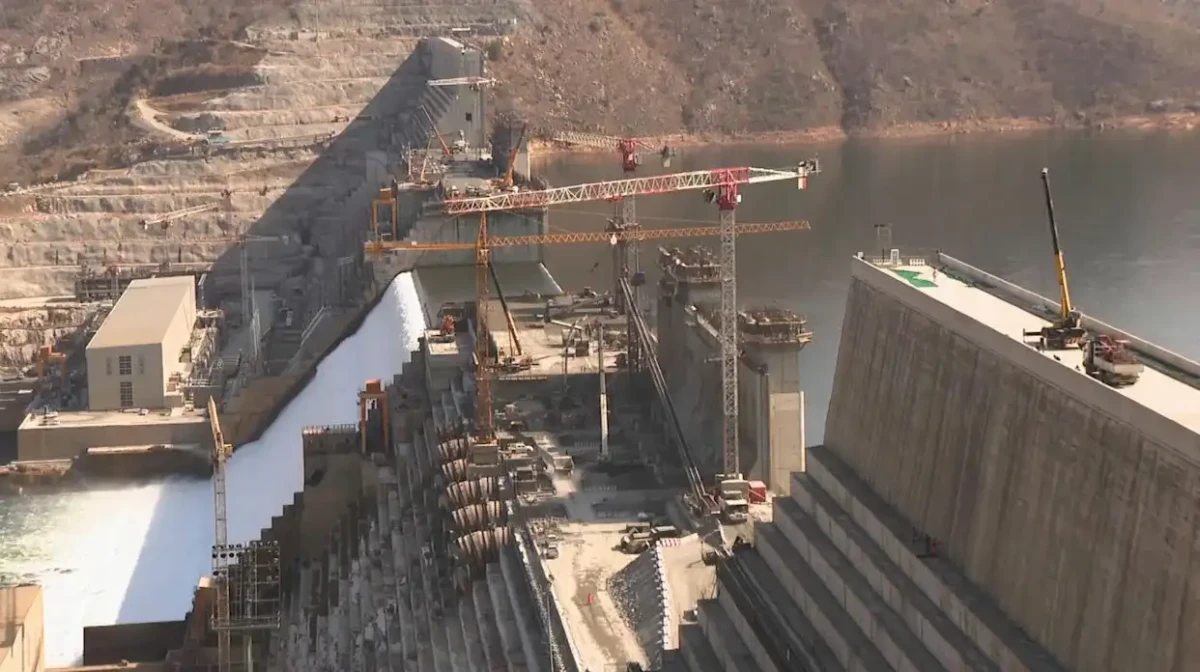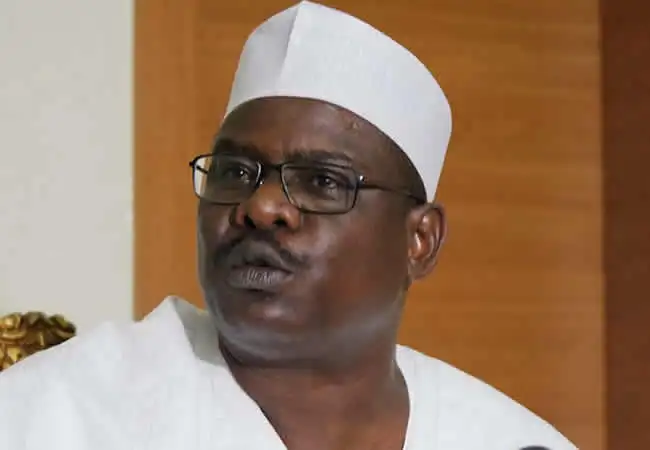Ethiopia has officially inaugurated the Grand Ethiopian Renaissance Dam (GERD), the largest hydroelectric project in Africa, situated on the Blue Nile River. Since construction began in 2011, the dam has become fully operational, expected to generate over 6,000 megawatts of electricity—more than doubling the country’s previous power capacity. This development aims to alleviate Ethiopia’s energy shortages and transform the country into a net energy exporter.
Prime Minister Abiy Ahmed highlighted the GERD as a symbol of regional cooperation, inviting Egypt, Sudan, and other Nile Basin nations to celebrate this milestone together. The inauguration aligns with the Second African Climate Summit in Addis Ababa, focusing on renewable energy and climate resilience, attended by over 45 heads of state.
The dam, located near the Sudanese border, has an installed capacity of 5,150 megawatts and is projected to generate nearly 15,700 gigawatt-hours annually. For Ethiopia’s population of 120 million, where about 65% lacks reliable electricity, the GERD is viewed as a crucial lifeline. Beyond national benefits, it aims to enhance energy connectivity across East Africa, with current electricity exports to Kenya, Sudan, and Djibouti, and plans to extend supply to Tanzania and South Sudan.
However, the GERD has sparked tensions with downstream countries, especially Egypt, which relies heavily on the Nile for freshwater, and Sudan, which has raised concerns about water supplies and flood risks. Ethiopia asserts that the dam’s purpose is solely for power generation, dismissing fears of negative impacts on downstream nations.
The inauguration of the GERD represents a critical step in Ethiopia’s development and its ambitions for regional collaboration, addressing energy shortages, stimulating economic growth, and promoting regional integration in East Africa.











Leave a comment